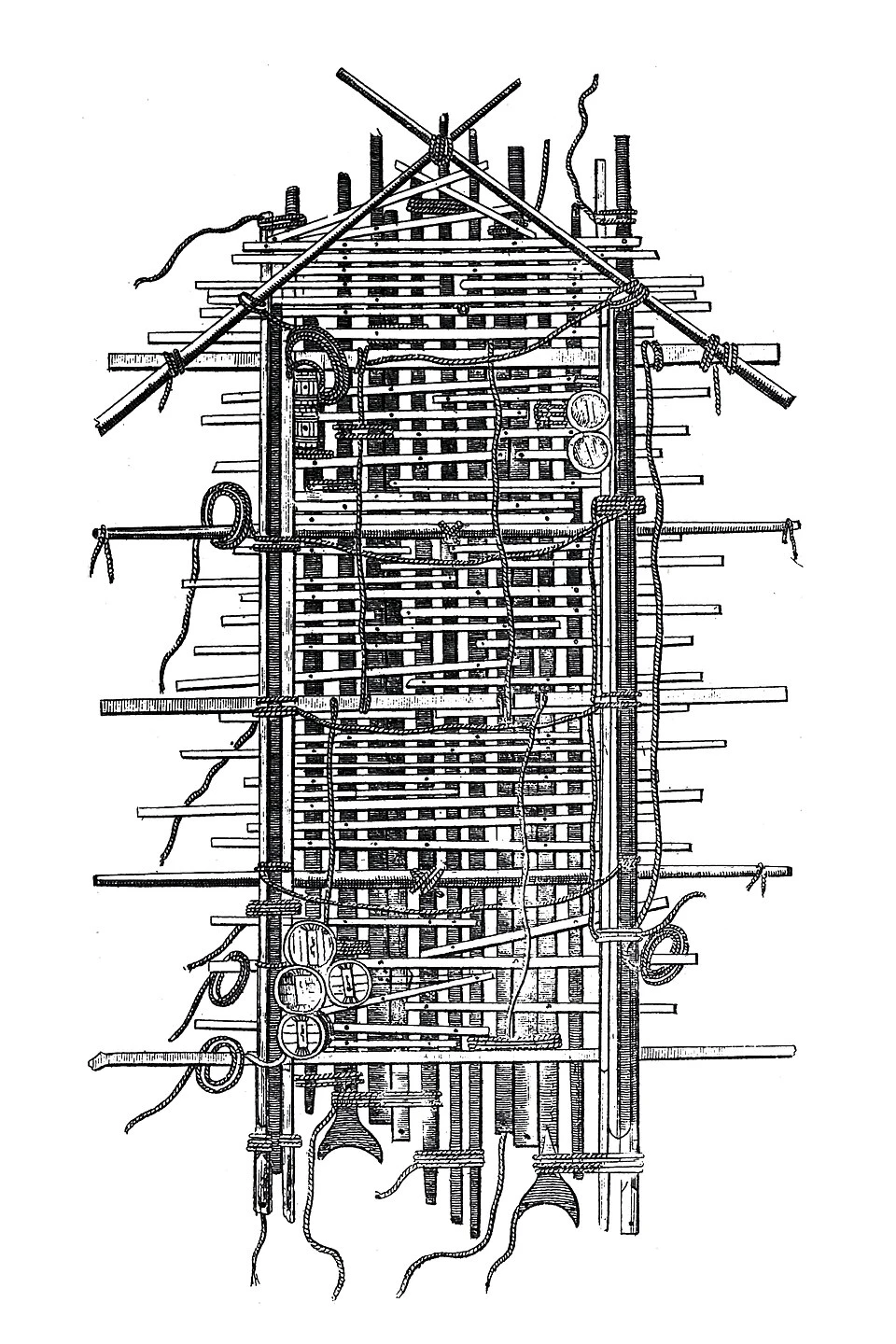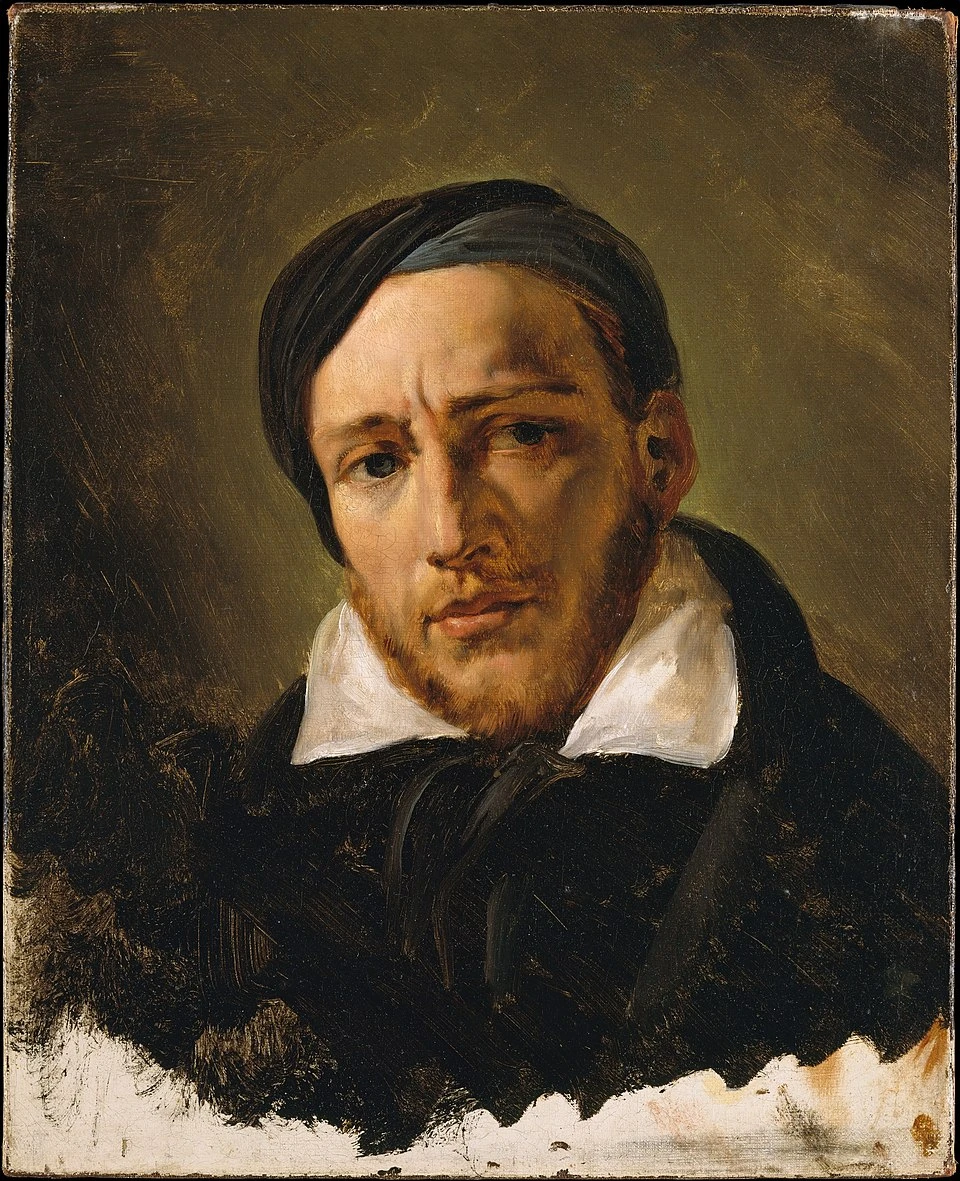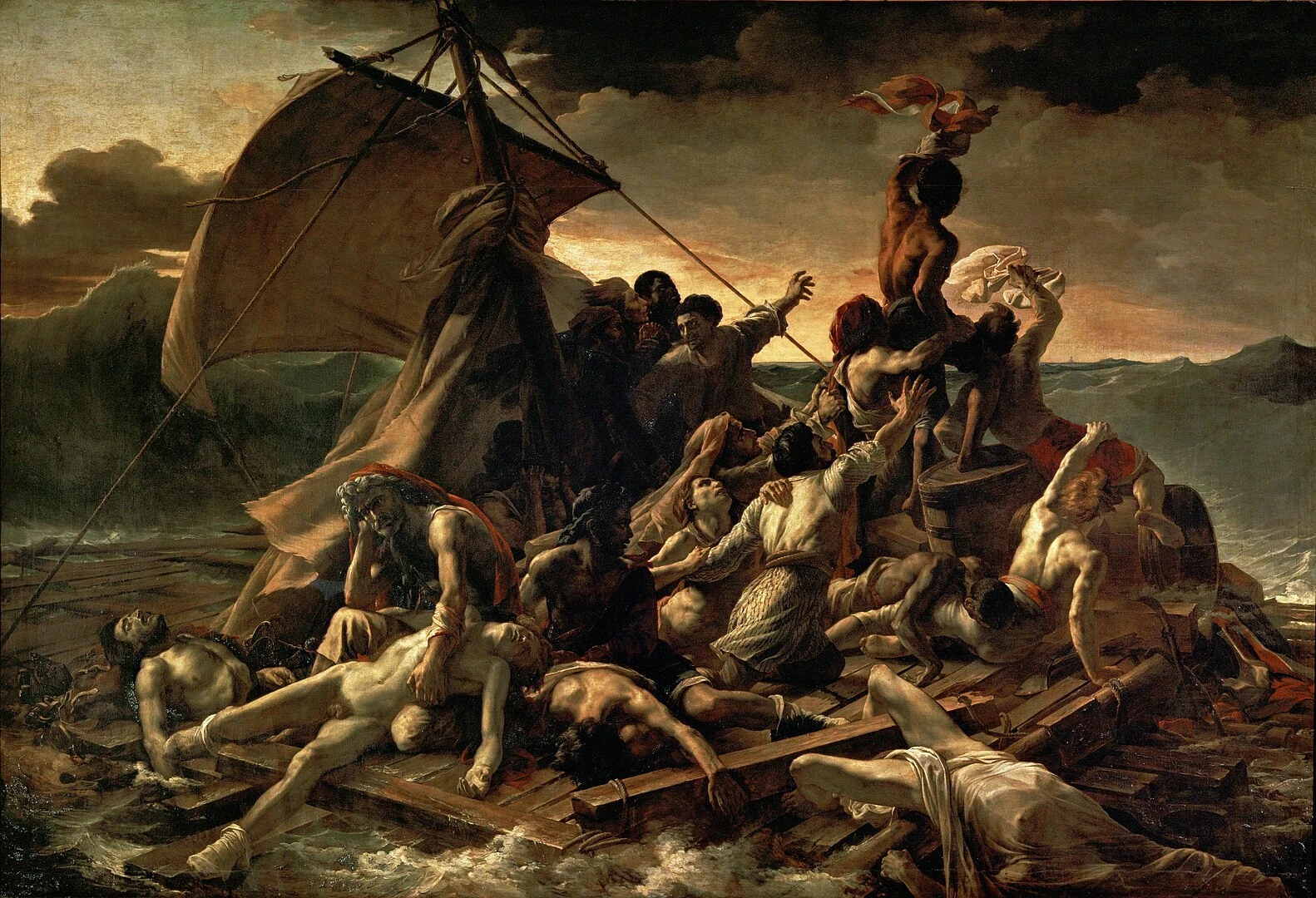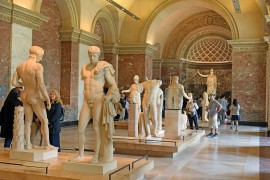A dishonour trial after the maritime disaster
Monday, March 3, 1817. Rochefort. Hôtel de la Marine. The verdict is about to be delivered. Rear Admiral de la Tullaye addresses Capitaine de frégate Hugues Duroy de Chaumareys. He is found guilty of a breach of honor. Striken from the ranks and from the Order of Saint Louis. The dishonor is complete. And yet, it's a lesser evil for a boy who led "La Méduse", a fine frigate, from the island of Aix to Saint Louis, the French trading post in Senegal, to disaster. Duroy de Chaumareys did as he pleased. Not listening to his officers and relying instead on an adventurer, he began by outrunning the convoy to which he belonged before mistaking his position and failing miserably on a sandbank 60 km off the coast. A storm completed the destruction.
La Méduse / Illustration chosen by Monsieur de France : By Jean-Jérôme Baugean - Relation complète du naufrage de la frégate la Méduse faisant partie de l'expédition du Sénégal en 1816, by A. Corréard, H. Savigny, P. d'Anglas de Praviel and Paul C. L. Alexandre Rang des Adrets (known as "Sander Rang"). Reprint 1968 by Jean de Bonnot éditeur, Domaine public, https://commons.wikimedia.org/w/index.php?curid=19330163
The drama of the makeshift raft
To save what could be saved, it was decided to build a 20 x 7-meter raft, pulled by longboats. 151 men take their places as best they can on the raft. But soon, whether deliberately or not, the ropes give way. The longboats leave. The raft drifts. The longboat occupants struggle to reach land. Some die in the desert. Others, like Commandant Chaumareys, reach Saint Louis. As for the raft, it drifts for 13 days.
Le plan du radeau de la Méduse / Photo choisie par Monsieur de France : Par Alexandre Corréard - Relation complète du naufrage de la frégate La Méduse faisant partie de l'expédition du Sénégal en 1816, by A. Correard, H. Savigny, D'Anglas de Praviel and Paul C.L. Alexandre Rand des Adrets (dit Sander Rang). Reprint 1968 by Jean de Bonnot éditeur, Domaine public, https://commons.wikimedia.org/w/index.php?curid=19331233
Tragic survival on the Atlantic
On the raft, the men face mutinies, brawls, drownings, hunger and thirst. They eat ropes, leather, and some sink into cannibalism. Chaumareys, meanwhile, returns to the wreck of the Méduse to recover gold and survivors, then returns to Saint Louis. When the rescue finally arrives, they're down to 15. Five still die. Only ten survive.
Géricault immortalizes horror in paint
The painter Théodore Géricault / illustration chosen by Monsieur de France: By Horace Vernet - https://www.metmuseum.org/art/collection/search/438033, CC0, https://commons.wikimedia.org/w/index.php?curid=56509105
Théodore Géricault (born September 26, 1791 - died January 26, 1824) chose to depict this tragedy in a gigantic painting completed in 1819: Le Radeau de la Méduse. It shows the precise moment when the survivors catch sight on the horizon of a ship, L'Argus, bearing a possible salvation. The work, measuring 491 × 716 cm, is strikingly composed: atop a human pyramid, a black man waves a cloth towards the horizon, while around, other bodies collapse, dead or in agony. Géricault carries out extensive preparatory work: he interviews survivors, visits morgues, builds a model of the raft, and makes anatomical studies of terrifying precision. He paints with an obsession for detail, realism and pathos. The painting shocked at the 1819 Salon, but quickly became a chef-d'œuvre du romantisme, at once political, humanistic and artistic. The black man atop the raft also symbolizes a thinly veiled anti-slavery message.
The painting the raft of the Medusa can be seen at the Louvre / illustration wikicommons
An affair of state transformed into a work of art
The shipwreck scandal shook the restored monarchy. The incompetence of the captain, appointed through favoritism, reflects the corruption of the regime. Géricault's painting, with its tragic realism, is also an indictment in painting. It's Romantic art in all its power: human fate, the sea, horror, the light of hope.
Where can I see the work "Le radeau de la Méduse"?
At the Musée du Louvre
aile Denon, 1st floor, salle Mollien (Salle 700 - niveau Romantisme)
Métro Palais Royal Musée du Louvre
Illustration: By Théodore Géricault - Source unknown, Public domain, https://commons.wikimedia.org/w/index.php?curid=17456087







